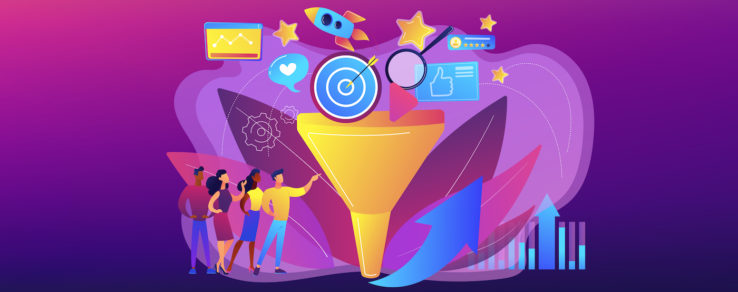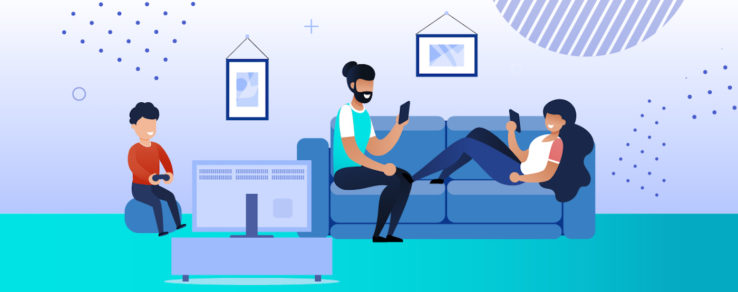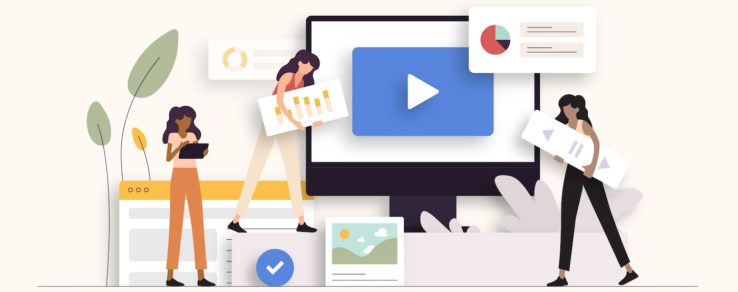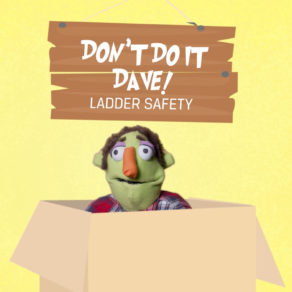Digital marketing performance metrics are vital to understanding the success of any email or social media campaign, especially for energy utilities. Metrics like click-through rate, reach and time on page can help energy utility marketers understand what content is resonating with customers and what actions customers take as a result.
In order to analyze the data, however, you first must understand the terminology. With a variety of metrics across different digital channels, there’s a lot to keep track of. That’s why it’s important to start at the beginning.
Email campaign performance metrics
When it comes to analyzing the performance of email campaigns, understanding the basic terms will set you up for success. Here are the most common performance metrics used in email marketing:
- Delivered emails are all sent emails minus any emails that bounce. A delivered email is one that has been successfully handed off to the recipient’s mail server.
- Delivery rate is the number of delivered messages divided by the number of sends.
- An open occurs when all the images are downloaded in an HTML email.
- Open rate is the ratio of unique opens out of the total delivered.
- Unique Opens refers to distinct subscribers who open an email.
- Unique Clicks refers to distinct subscribers who click an email.
- A click happens when an email recipient clicks on any link in an email.
- The click-through rate (CTR) measures unique clicks on any link in an email.
- Click-to-open rate (CTOR) differs from CTR by comparing the number of unique clicks to unique opens.
Email list performance metrics
Digging deeper into understanding the performance of emails, these metrics help marketers measure the growth and health of their email subscriber lists over time:
- Open reach is the percentage of subscribers that have opened at least one message sent in the past year. It shows how much of your list is engaging with emails over time.
- Click-to-open reach (CTO reach) is the percentage of subscribers clicked on any link after opening a message in the past year.
- Opt-out rate measures individuals who opt-out by using an unsubscribe link in an email.
- A complaint occurs when a recipient classifies the email message as unwanted. This is more commonly known as marking the email as “spam.”
- Complaint rate calculates the total number of complaints in relation to messages delivered.
- List growth is the rate the subscriber list grew in the past year. It’s calculated by taking all subscribers in the list over the course of a year and dividing it by the total size of the previous year’s list.
Content performance metrics
Apart from the email clicks and opens that drive customers to your energy utility content, these metrics will help you evaluate the performance of that content:
- Pageviews are the total number of times a website page was viewed. This metric is a great way to gauge which piece of content is most popular with customers.
- Unique pageviews combine the number of pageviews generated by the same user during the same session. This metric allows you to estimate the overall percent of your audience that is interested in the content, and how many of them are repeat visitors.
- Average time on page is the amount of time users spend on a single content page. If your average time per page is relatively high, then you’re doing well, particularly if the pageviews are also relatively high. However, if the average time per page is low, it means your visitors are simply skimming the content, probably because it is not very engaging.
Social media performance metrics
On social media, performance metrics go beyond clicks and views to measure engagement activity such as shares and comments:
- Engagement rates track how involved consumers are with your content based on likes, shares and comments.
- Impressions are how many times a post shows in someone’s timeline.
- Followers are the number of people who follow your particular social media page.
- Likes are the number of times someone likes either a post or your page in general.
- Shares and retweets measure how many times your post has been recommended to others from someone’s personal page.
- Reach is the potential number of unique viewers were exposed to a post.
- Response rate and time measures how quickly and when someone responds to a direct message or comment on your social media page.
- Web traffic is the amount of users who visited your website from your social media pages.
- Share of voice is how users are talking about your business compared to others.
- Sentiment connects to share of voice by taking what customers are saying about your brand and putting them into negative or positive context.
Put digital marketing performance metrics to work for you
Understanding performance metrics — for email campaigns, content and social media — is critical for your energy utility to measure the success of marketing campaigns and improve future efforts. Devote time to these metrics and you will see customer engagement and satisfaction increase as your marketing becomes more effective.
Creating a campaign is only one step on the way to success — analyzing its success is the next big step.





